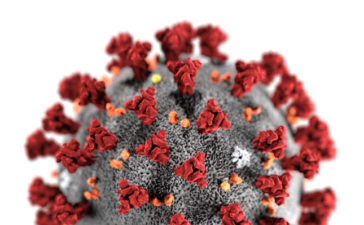New Delhi : A swine flu outbreak that killed more than 2,000 people this year appears to have waned for now, experts said on Friday, but warned of a seasonal flare-up of the highly-contagious H1N1 virus early next year.
This year’s widespread outbreak of swine flu — Influenza A (H1N1) in medical terms — caught health authorities by surprise as it came after a relatively mild 2016 – with 1,786 infections and 265 deaths.
Till October 22 this year, H1N1 infected more than 37,500 people and killed 2,089, according to data from the health ministry.
“This year saw an upsurge of cases, and now there is a decline. H1N1, however, is now endemic, which means low levels of transmission will continue throughout the year,” said AC Dhariwal, director of the National Centre for Disease Control (NCDC).
The number of cases peaked in the past two months, with more than with 610 deaths recorded in August and 599 in September. The first three weeks of October recorded 1,264 cases and 128 deaths.
Gujarat, Maharashtra, Uttar Pradesh, Tamil Nadu and Rajasthan were the worst hit states this year, the official said.
He said a seasonal flu flare-up usually occurs in north Indian during January and around February-March in peninsular India.
However, constant “antigenic shifts” in the flu virus was making long-term outbreak predictions difficult, referring to a process by which different strains of a virus combine to form a new subtype that could take years to analyse.
“We don’t have enough long-term data on H1N1 to support this trend. Antigenic shifts in the virus strain can also change patterns,” Dhariwal added.
Each year, influenza infects 5-15% of the world’s population, estimates the World Health Organisation, causing symptoms of fever, lethargy and cough.
The symptoms usually resolve on their own within a week, but the virus can kill by aggravating existing chronic diseases and leading to secondary infections, such as pneumonia.
“We are expecting the year to end with around 40,000 cases, which is about the same as the outbreak year 2015,” said an epidemiologist with the health ministry who did not wish to be named.
It spreads through droplets expelled in the air when an infected person coughs or sneezes for through touching contaminated surfaces.





